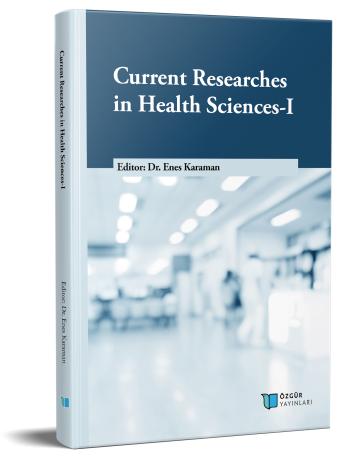
Preoperative Evaluation before Lung Resection
Şu kitabın bölümü:
Karaman,
E.
(ed.)
2023.
Sağlık Bilimlerinde Güncel Araştırmalar-I.
Özet
Lung resection is applied in some patients with bronchiectasis, especially lung cancer, and uncontrollable pulmonary hemorrhages after trauma. Changes in respiratory physiology due to perioperative anesthesia cause the development of postoperative pulmonary complications. The patient in the perioperative period and the risk factors associated with the procedure should be evaluated with preoperative risk scoring (Canet, Arozullah, ARISCAT). Necessary treatments should be applied in the preoperative preparation period and postoperative complication follow-up should be performed in high-risk patients. Appropriate FEV1 values for wedge resection, lobectomy, and pneumonectomy, which are among the recommended PFT parameters for lung resection, are 1 L, 1.5 L, and 2 L, respectively. Patients above these values are considered to be able to tolerate the operation. If these values are below, additional tests (calculation of estimated postoperative FEV1 values, ventilation/perfusion scattering, cardiopulmonary exercise tests, and stair climbing tests) should be performed. For the curative treatment of lung cancer with resection in these patients, it is necessary to ensure the optimal condition of the patient in terms of suitability for the operation, as well as to minimize the morbidity and perioperative deaths due to the effects on the cardiorespiratory function that may occur after resection.

